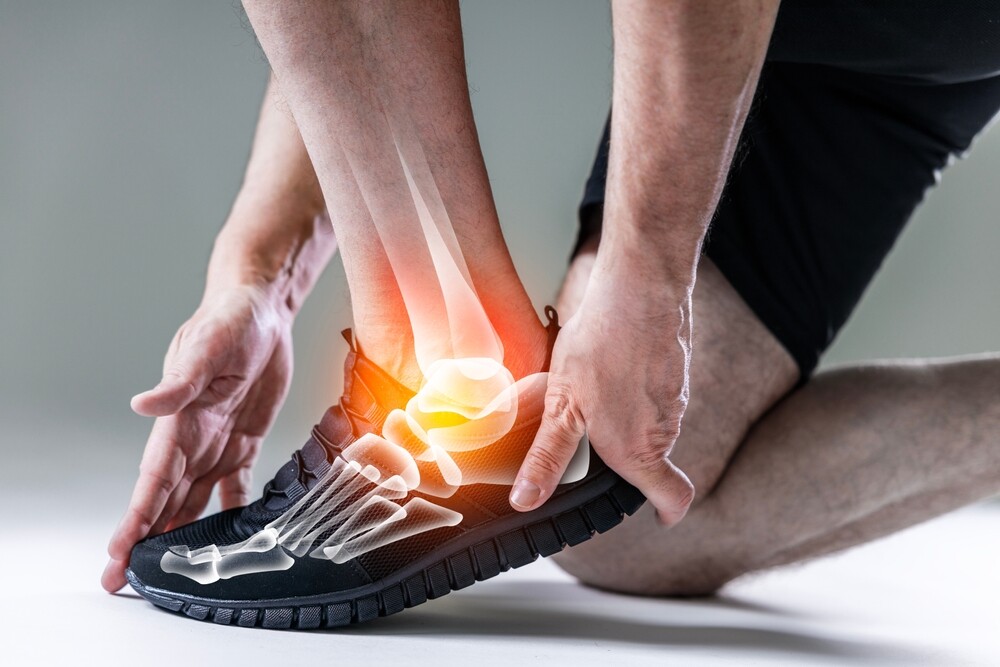Cellular Voltage in the Body | Optimize Health
Too many people, doctors and patients alike, overlook the role of cellular voltage in the body. We know that electricity powers our phones and refrigerators, but we don’t associate voltage with our cells. But our cells actually do rely on proper voltage to function optimally.
At the core of our cellular machinery is a delicate balance of electrical fields that play a pivotal role in our health. From sending nerve signals to contracting muscles, we couldn’t live without voltage.
But what happens when that voltage becomes imbalanced? What happens when voltage falls outside the optimal range? In short, we get sick. And we won’t get better until we fix our cellular voltage in our bodies. In this article, we will unpack this delicate equilibrium and its implications for insights into maintaining our health and identifying potential health issues.
Cellular Voltage: What Is It?
Cellular voltage, also referred to as membrane potential, is the difference in electrical potential between the interior and exterior of a cell. This potential difference is mainly created and maintained by ions such as sodium (Na+), potassium (K+), calcium (Ca2+), and chloride (Cl-) moving in and out of the cell. Ion channels, pumps, and transporters facilitate this movement, establishing gradients that create an electrical voltage across the cell membrane.
Why Is Proper Cellular Voltage Essential?
Cellular voltage allows cells to execute their functions. Many body processes rely on electrical potential moving between cell membranes. Here are a few areas of health that can be impacted by faulty cellular voltage in the body.
Nerve Signal Transmission
Neurons use changes in the body’s cellular voltage to send and receive signals. When a neuron receives a stimulus, it generates an electrical pulse called an action potential. This pulse travels down the neuron’s axon, leading to the release of neurotransmitters and the transfer of the signal to the next neuron or target cell. Without proper cellular voltage, our nervous system would be severely compromised.
Muscle Contraction
In different muscles in the body, cellular voltage changes cause the release of calcium ions, which activate the contractile proteins actin and myosin. The resulting interaction between these proteins causes muscle fibers to shorten or contract. If there’s an issue with the voltage across muscle cells, it can lead to problems with muscle function.
Cellular Metabolism
Cellular voltage is also intrinsically tied to the metabolic processes within our cells. For instance, mitochondria, our cellular powerhouses, rely on an electrical gradient to produce ATP, the primary energy currency of cells. Disruption in this voltage can impact energy production and cellular health.
Factors Influencing Cellular Voltage in the Body
Multiple factors can influence cellular voltage in the body. Unfortunately, many aspects of modern life disrupt our health. When you work with the medical team at Tennant Integrative, we work with you to limit exposure to harmful chemicals, environments, and even emotional states.
Cellular Health and Integrity
The health of the cell membrane, which houses the ion channels and pumps, plays a critical role in maintaining proper voltage. When the membrane is damaged, it can leak ions, disrupting the voltage balance.
External Environment
The concentration of ions outside the cell, such as in the bloodstream, can also influence cellular voltage. For instance, high levels of potassium in the blood can impact the voltage of heart cells and potentially lead to heart problems.
Hormones and Signaling Molecules
Certain hormones and signaling molecules can activate or inhibit ion channels and pumps, influencing cellular voltage. For instance, the hormone insulin impacts potassium channels in certain cells. It’s important to prioritize hormone health in your overall wellness plan.
When Your Cellular Voltage Is Low, You Get Sick
An imbalanced level of cellular voltage in the body can lead to a range of health issues. For instance, problems with nerve cell voltage can lead to disorders such as epilepsy, where there’s abnormal electrical activity in the brain. Imbalanced voltage in heart cells can also result in irregular heart rhythms, which can be life-threatening in severe cases. Issues with voltage in muscle cells can lead to conditions such as hypokalemic periodic paralysis, where there’s episodic muscle weakness due to low potassium levels.
But beyond these specific conditions, many people suffering from low voltage just feel bad. They struggle with chronic fatigue and frequent illnesses such as colds and the flu. Since conventional doctors don’t look into cellular voltage or even know how to treat it, these individuals go through life feeling weighed down and lousy.
Maintaining Proper Cellular Voltage
Think that you may have low cellular voltage in the body? Here are a few things to consider. Try them and see how you feel. However, the best way to recover optimal voltage is to work with a trained professional such as those at Tennant Integrative.
Balanced Diet
Eating a balanced diet ensures that we get the necessary ions and nutrients to support our cells. Foods rich in potassium, sodium, calcium, and magnesium can help maintain proper cellular function.
Toxin Avoidance
Certain toxins can damage cell membranes or interfere with ion channels, leading to imbalanced cellular voltage. It’s essential to be aware of and minimize exposure to such toxins.
Regular Health Checkups
Regular checkups can help identify issues such as electrolyte imbalances that can influence cellular voltage.
Basically, cellular voltage is a fundamental aspect of our biological systems. While it may not be a topic that’s commonly discussed over dinner tables, its significance cannot be understated. Ensuring the proper voltage balance in our cells is vital for our health, and by understanding its role, we can better appreciate the intricate symphony that plays out within us every second.
Learn more about how you can work with us and improve cellular voltage in your body by contacting us today.






